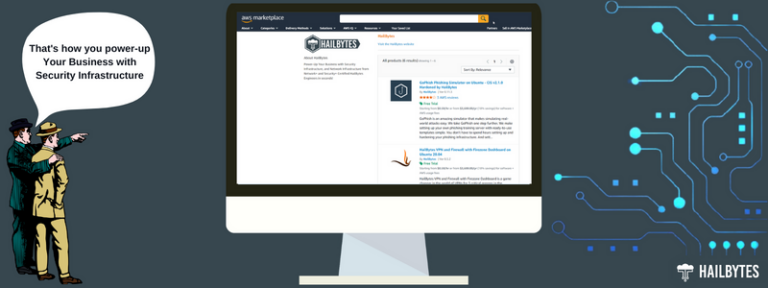Azure Security Best Practices for DevOps and Continuous Integration/Continuous Deployment (CI/CD)

Introduction
DevOps and CI/CD help to improve the speed, quality, and reliability of software delivery; however, these practices also introduce new security risks. This article discusses some Azure security best practices for DevOps and CI/CD that can help you to secure your Azure DevOps environment and protect your applications from attack.
Continuous Testing
In addition to delivering code, CI/CD also allows you to use shift-left testing and develop a continuous testing strategy. Making testing a necessary step in your work lets you find ways to verify security before using CI/CD pipelines to deploy releases to environments.
Limit Access Privileges
Only give users and applications the minimum access permissions they need to perform their jobs. Restring privileges includes hiding API keys and clearly defining security credentials based on roles and projects in CI/CD tools. Using role-based access control (RBAC) can help with this, as it is a powerful tool that allows you to control who has access to what in Azure DevOps. This will help to simplify your processes and reduce the risk of unauthorized access to your Azure DevOps resources.
Secure Your Network
This involves setting up an allowlist to restrict specific IP addresses, always using encryption, and validating certificates. You should also implement a web application firewall (WAF) to filter, monitor, and block any malicious web-based traffic to and from Azure DevOps. It is also very important to implement an Incident Management Process.
Secure your deployment credentials
Hard-coded credentials and secrets should not be present in pipelines or source repositories. Instead, you should keep them in a safe place like Azure Key Vault. Additionally, pipelines should be operated using headless security principals, such as managed identities or service principals, not with your own password.
Conclusion
In conclusion, following the best practices in this article will allow you to safely deliver software on an early and continuous basis. In doing so, you can better secure your Azure DevOps environment.




